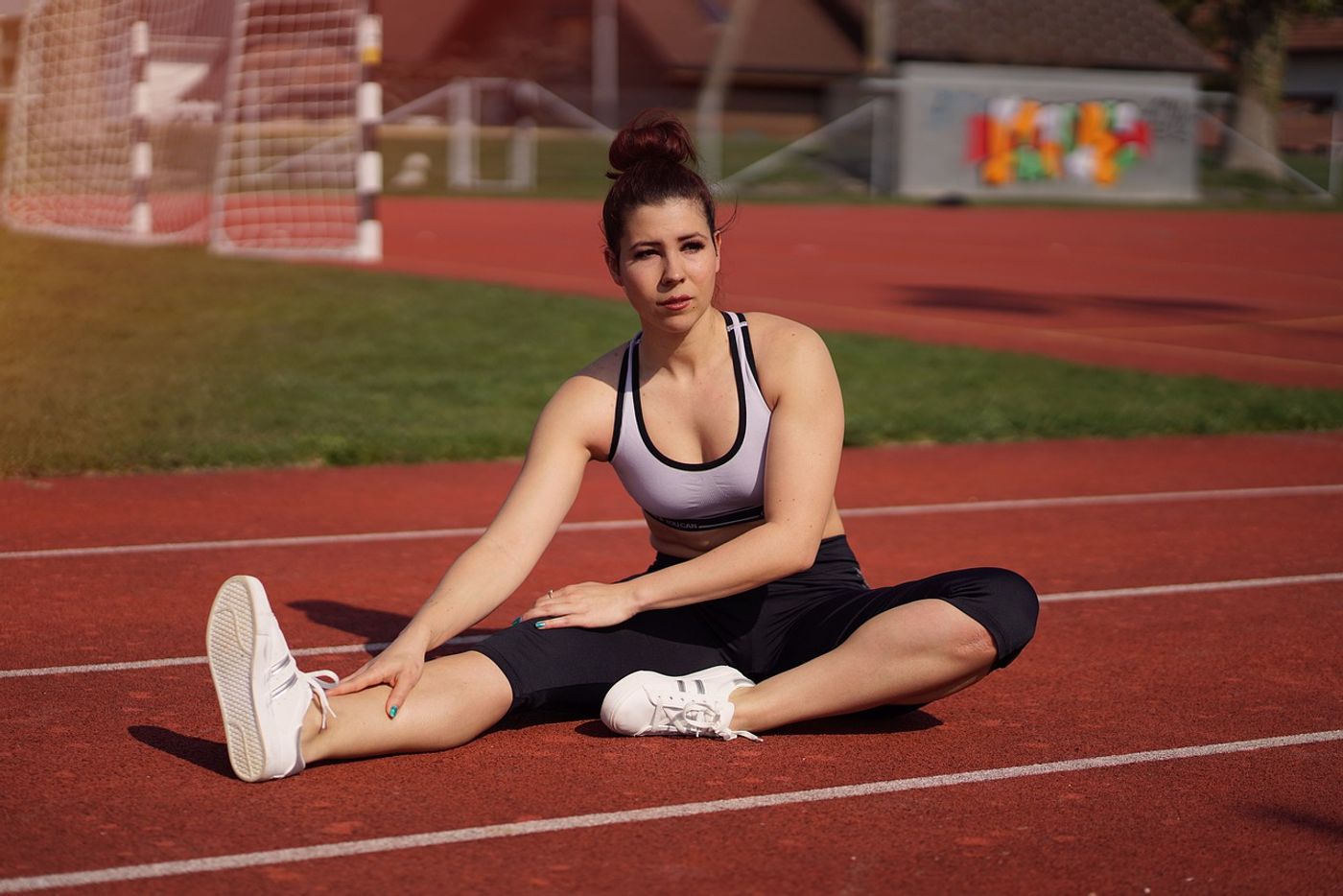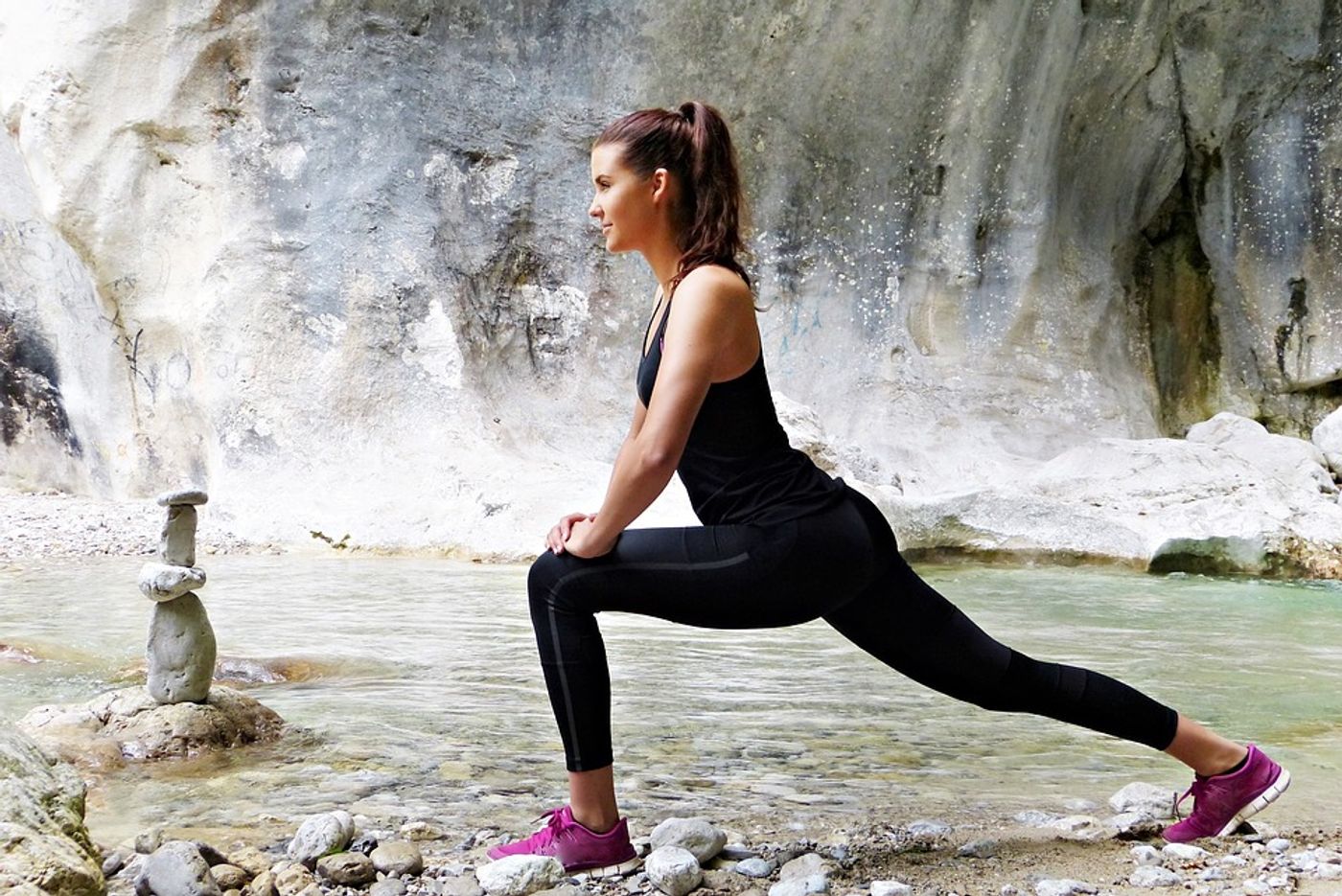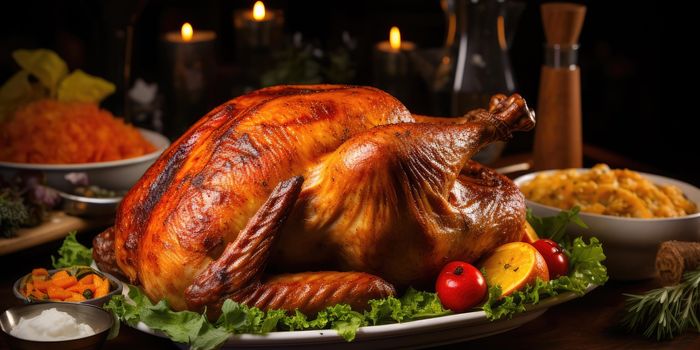There are multiple components to fitness that an exerciser can strive towards. These include speed, flexibility, agility, and strength.
Flexibility refers to the range of motion around giving joint or group of joints. If a person lacks sufficient flexibility, they may not be able to function normally. Flexibility in the joints is also essential for injury prevention.
To check if you have a normative range of motion you may want to consult a personal trainer or other fitness professional. Once points of insufficient flexibility are identified, a unique flexibility program can be designed.
It’s important to know that although light, gentle stretches through a normal range are recommended before engaging in fitness activities, stretching with the goal of improving range of motion should not be performed until after a sufficient workout and cool down.
Once warm, the muscles, tendons and other connective tissue‘s are much more likely to glide into deep stretches without causing injury. Additionally, joints are more likely to maintain that wider range of motion after stretching. When these changes slowly become permanent over time, it is called plasticity.
It’s important to note that hyper-flexibility can also be dangerous as it may compromise joint integrity. So it is important to meet with a fitness specialist before starting a stretching program to understand your baseline, and set an appropriate goal.
There are four main types of stretching. These are ballistic, dynamic, static, and proprioceptive neuromuscular facilitation (PNF).
Ballistic stretching is currently only used in very specialized sports settings. It has been largely abandoned for use in the general population due to safety concerns. This type of stretching uses repetitive movements which completes great amounts of stress on the joints. For this reason, it is used only for highly trained athletes whose sport has a similar ballistic component like gymnasts or dancers.
Dynamic stretching is what many exercise scientists recommend before sports or exercise movements. These stretches mimic the action about to be performed in an exaggerated, controlled manner. This helps prepare a person for the upcoming movement mentally and physically and is often part of a warm-up routine.
Static stretches are what likely comes to mind at the first mention of stretching. This is what we’ve all done in gym class. In static stretching, you passively stretch to the point of mild discomfort and then hold the position. Recommendations for how long a stretch should be held range from 10-60 seconds. Training materials for personal trainers generally recommend holding a pose for closer to 60 seconds and repeating for three sets of stretches.
Lastly, PNF requires a partner who actively stretches the participant. Combined with contraction against the stretching force and relaxation. This helps a joint relax further and move into a wider range of motion. Studies suggest this made it be the most effective type of stretching for increasing joint flexibility. Though PNF does have the disadvantage of requiring an experienced partner, some PNF stretches can be self-administered. They should be done against any surface which exerciser can stretch against and then contract against before moving into a deeper stretch. These relaxation and contraction phases generally go through about five rounds.
Although there is much debate about the benefits versus the consequences of stretching, normal range of motion can be protected and improved upon with safe and regular stretching techniques.











